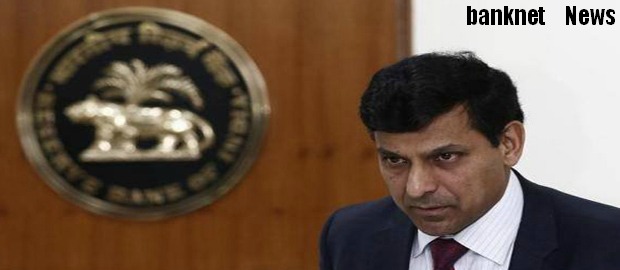

Fifth Bi-Monthly Monetary Policy Statement, 2014-15 By Dr. Raghuram G. Rajan, Governor, RBI - December 02, 2014 - Full Text
14. Consistent with the balance of risks set out in the fourth bi-monthly monetary policy statement of September, headline inflation has been receding steadily and current readings are below the January 2015 target of 8 per cent as well as the January 2016 target of 6 per cent. The inflation reading for November – which will become available by mid-December – is expected to show a further softening. Thereafter, however, the favourable base effect that is driving down headline inflation will likely dissipate and inflation for December (data release in mid-January) may well rise above current levels.
15. The key uncertainty is the durability of this upturn. The full outcome of the north-east monsoon will determine the intensity of price pressures relating to cereals, oilseeds and pulses, but it is reasonable to expect some firming up of these prices in view of the monsoon’s performance so far and the shortfall estimated for kharif production. Risks from imported inflation appear to be retreating, given the softening of international commodity prices, especially crude, and reasonable stability in the foreign exchange market. Accordingly, the central forecast for CPI inflation is revised down to 6 per cent for March 2015 (Chart 1).
16. Turning to the outlook for inflation in the medium-term, projections at this stage will be contingent upon expectations of a normal south-west monsoon in 2015, international crude prices broadly around current levels and no change in administered prices in the fuel group, barring electricity. Over the next 12-month period, inflation is expected to retain some momentum and hover around 6 per cent, except for seasonal movements, as the disinflation momentum works through. Accordingly, the risks to the January 2016 target of 6 per cent appear evenly balanced under the current policy stance.
17. Some easing of monetary conditions has already taken place. The weighted average call rates as well as long term yields for government and high-quality corporate issuances have moderated substantially since end-August. However, these interest rate impulses have yet to be transmitted by banks into lower lending rates. Indeed, slow bank credit growth is mirrored by increasing reliance of large corporations on commercial paper and domestic as well as external public issuances.
18. Still weak demand and the rapid pace of recent disinflation are factors supporting monetary accommodation. However, the weak transmission by banks of the recent fall in money market rates into lending rates suggests monetary policy shifts will primarily have signaling effects for a while. Nevertheless, these signaling effects are likely to be large because the Reserve Bank has repeatedly indicated that once the monetary policy stance shifts, subsequent policy actions will be consistent with the changed stance. There is still some uncertainty about the evolution of base effects in inflation, the strength of the on-going disinflationary impulses, the pace of change of the public’s inflationary expectations, as well as the success of the government’s efforts to hit deficit targets.
A change in the monetary policy stance at the current juncture is premature. However, if the current inflation momentum and changes in inflationary expectations continue, and fiscal developments are encouraging, a change in the monetary policy stance is likely early next year, including outside the policy review cycle.
19. While activity appears to have lost some momentum in Q2, probably extending into Q3, conditions congenial for a turnaround – the softening of inflation; easing of commodity prices and input costs; comfortable liquidity conditions; and rising business confidence as well as purchasing activity – are gathering. These conditions could enable a pick-up in Q4 if coordinated policy efforts fructify in dispelling the drag on the economy emanating from structural constraints. A durable revival of investment demand continues to be held back by infrastructural constraints and lack of assured supply of key inputs, in particular coal, power, land and minerals. The success of ongoing government actions in these areas will be key to reviving growth and offsetting downside risks emanating from agriculture – in view of weaker-than-expected rabi sowing – and exports – given the sluggishness in external demand. Anticipating such success, the central estimate of projected growth for 2014-15 has been retained at 5.5 per cent, with a gradual pick-up in momentum through 2015-16 on the assumption of a normal monsoon and no adverse supply/financial shocks
<<< GO BACK TO MAIN PAGE
RBI Monetary and Credit Policies (1999-2015) - Notifications, Press Releases, Reports - Click here

BANKING

FINANCE

INSURANCE

TECHNOLOGY

Foreign Exchange


